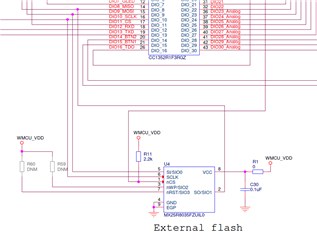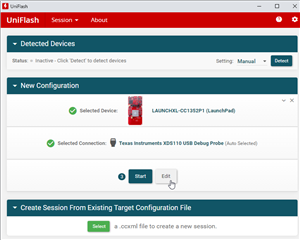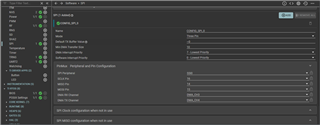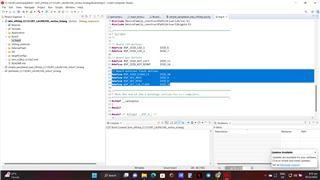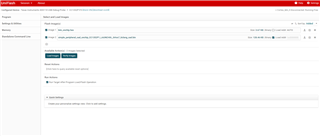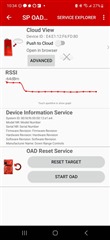Other Parts Discussed in Thread: UNIFLASH, SYSCONFIG, BLE-STACK,
I am using a custom board with a CC1352P1 and I am having issues getting the board to boot and and load the application after power cycle . I have flashed the BIM offchip project from the examples and then I flash SimplePeripheral OAD offchip example and the code works after initial flash, but then after power is removed the application does load.


